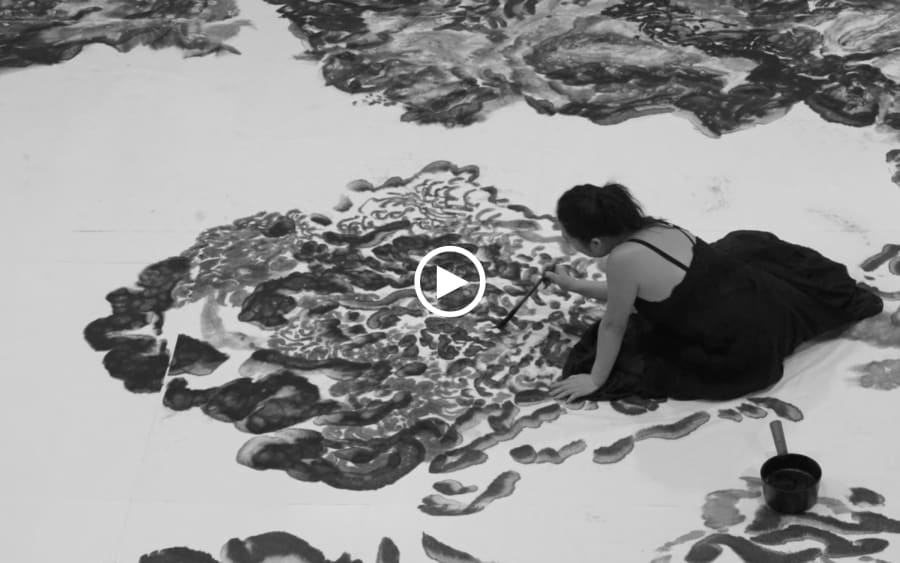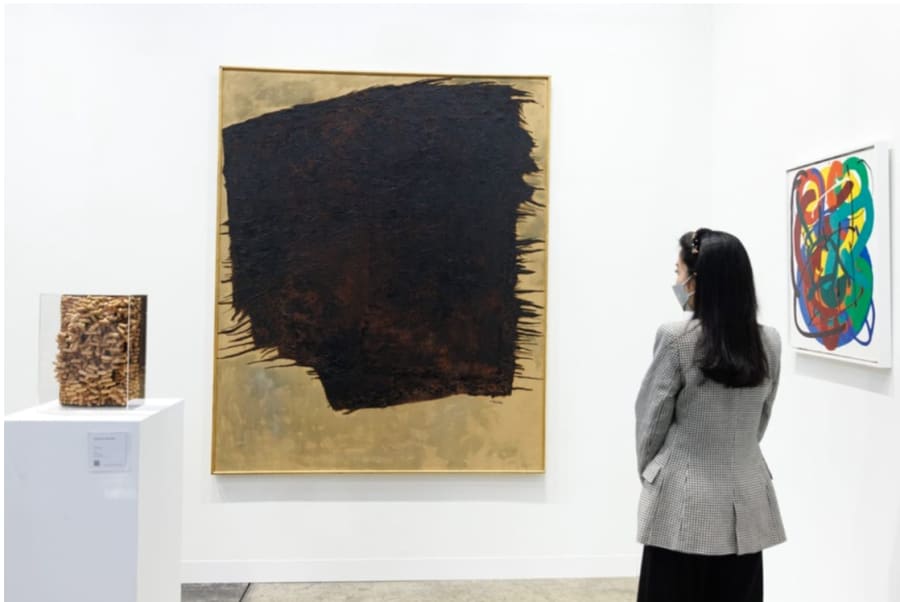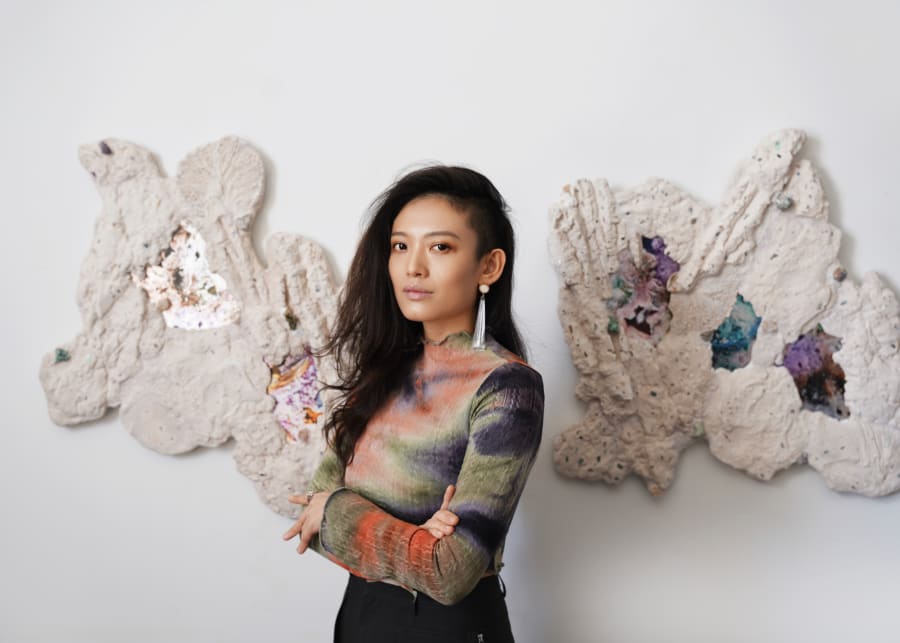Desire blooms in spring, like most things. Blame winter’s thaw or all that pollen circulating in the air. Flowers are the plant kingdom’s sex organs, and in such months, they’re being fertilized by horny bees. There’s something beautifully perverse about cutting this process short and displaying it in a vase, like a reminder that sex and death are separated by no more than a passing season.
That’s what seventeenth-century Dutch still life painters believed when they made their memento mori of wilted tulips, and it’s a central principle of the far older Japanese art form of ikebana – often translated as “flower arranging.” Courtly poems from the eighth-century marvel at the beauty of flowers not just in spring but all year round, and they became a common offering on Buddhist altars shortly after the religion reached the islands. Some scholars argue that ikebana means “making flowers alive,” a definition that hints at Buddhist notions of immortality and transience. Over the centuries, the different schools of ikebana became seemingly as numerous as floral species; the art’s modern practice, however, is most associated with the Sogetsu School, which the polymath artist Sofu Teshigahara founded in 1927.
Teshigahara revolutionized ikebana by introducing materials like metal and concrete to his arrangements, combining the ancient art form with the textures of an industrializing Japan. Fashioned from wood coated in patinated brass, the two sculptures by Teshigahara at the center of Taka Ishii Gallery’s presentation for Art Basel Hong Kong are emblematic of this duality. Metallic luster and sinuous organic shapes simultaneously speak to handmade craft and industrial manufacture, to Japan’s future and to its past. On a formal level, the pieces have much in common with the modernist abstractions of the pre and postwar era, such as the work of Isamu Noguchi, whom Teshigahara visited in the US in the early 1950s. While they resist any literal interpretation, their complementary play of phallus and void invokes a flower’s ovule and stamen.
If Teshigahara’s sculptures are icons of late modernism, on the walls of the booth around them – as if on an altar – we find an arrangement of a different sort: flower photographs by the iconoclastic Nobuyoshi Araki. One of the most controversial artists of his time, Araki is best known for his explicit portraits of women and men in varying states of undress and sadomasochistic display. These “Flower Rondeau” (1997/2007) might seem anodyne by comparison, at least to human eyes. Yet they are just as revealing of Araki’s drive to capture the fleeting petite mort, or “little death,” of sexual ecstasy in his photographs, as if it might hold the secrets of both the beginning and end of life. Here are botanical genitalia lit, cropped, and photographed with exacting precision against inky, nocturnal studio backdrops: Roses, lilies, and anemones seem aglow in the dead of night, all blushing so richly with color we can almost hear them sigh.
Araki began shooting these blooms with a large-format 6x7 camera and tripod in 1990, not long after the death of his wife. The works may have been a way to preserve her final moments, both memento mori and memorial. “Flowers become more enriched with life as they approach their death. The most beautiful moment is just before they perish,” he observed when the “Flower Rondeau” series was first shown nearly a decade later. This softer side of Araki feels a natural complement to the hard-edged ikebana of Teshigahara, for both are equally concerned with giving form to life’s evanescence. Both artists wished to rescue their mediums from the depredations of time. “Ikebana is a living sculpture,” Teshigahara noted, adding that, “Sculpture is a form that incorporates space, but not time.” The alluring beauty of these works marks the power of their exception.
Evan Moffitt is an author based in London.
Nobuyoshi Araki and Sofu Teshigahara are represented by Taka Ishii Gallery.
Caption for top image: Nobuyoshi Araki, Flower Rondeau, 1997/2007. © Nobuyoshi Araki. Courtesy of Taka Ishii Gallery.
Published on March 14, 2024.


